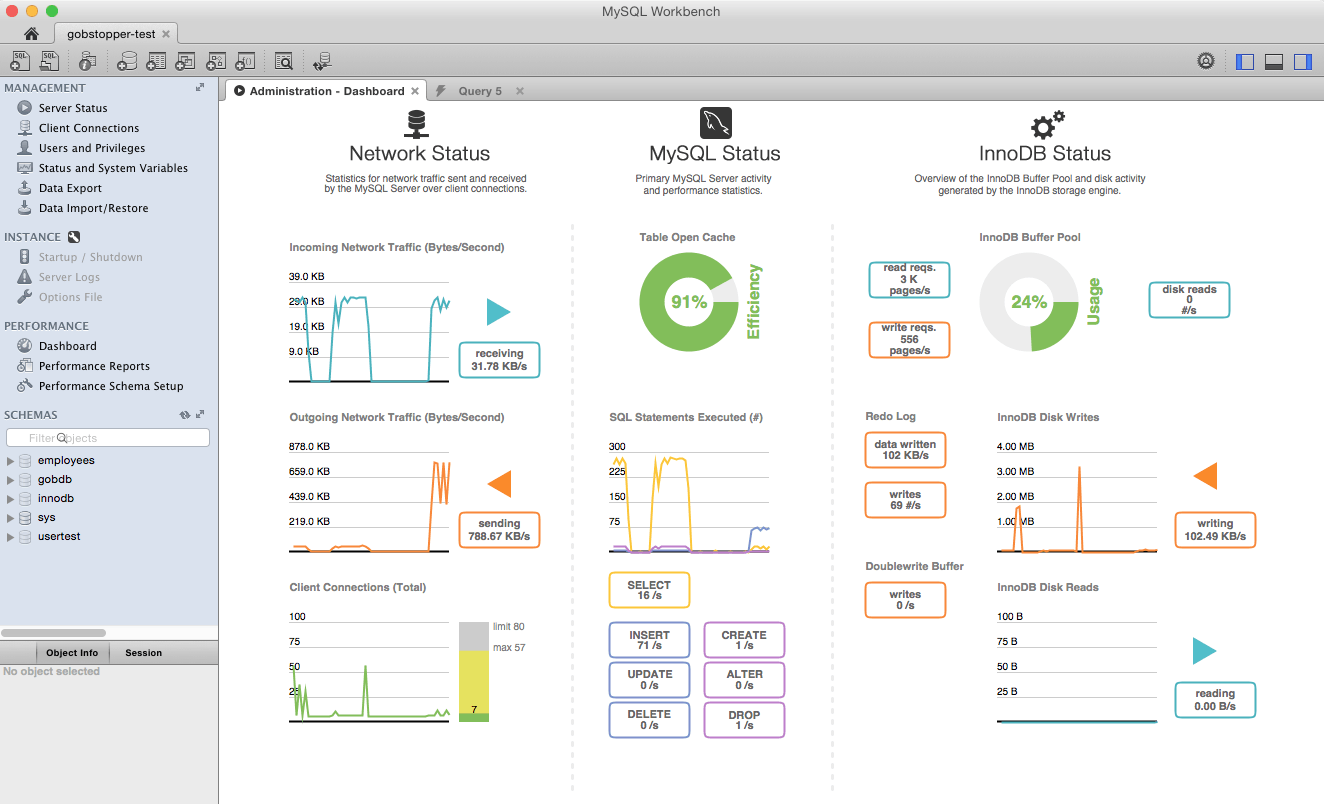

Register your domain or manage your existing DNS for your web servers using Route 53. In AWS, it will create yet another layer of security for your instances and help protect your database instance since all access to your database is via the private subnet. A bastion host is a server instance with the sole purpose of acting as the proxy and primary access point from the Internet to your other EC2 instances, it is meant to be fully exposed to the internet, unprotected by a firewall which makes it vulnerable to attacks. Once, the EC2 instances were created, I launched a Bastion Host in the public subnets in each availability zone. The ELB's public IP is associated with the web address, that way, it can be utilized for distributing the traffic and ensuring the health of the EC2 instances. Then I configured a security group to specify the inbound and outbound access rules for the EC2 instances and then created and assigned an Elastic Public IP address from the NAT server to enable access to the EC2 Web Servers from the internet. Then, I configured an Elastic Load Balancer (ELB) to distribute traffic evenly across the EC2 instances and added them to an autoscaling group based on thresholds set using CloudWatch to ensure that the instances can handle the load for the application. The private subnet is where the database instance will be created and it acts as a sort of firewall isolating our database from direct access to/from the internet.Īfterwards, I launched two Apache public Web Servers and a basic application on EC2 Instances - the EC2 instances are accessible via the internet, so it will I created them in the public subnets. The VPC in each availability zone has multiple subnets - a private - accessible only by other subnets within the VPC and public - open to the internet. Prior to creating the MySQL Cluster, I created a Virtual Private Cloud (VPC) that spans multiple availability zones in order for applications to have high durability and availability. I have attached a visual representation of the AWS resources that would be interacting with the MySQL cluster. In order to ensure a highly available, fault tolerant, scalable, and elastic arhitecture in AWS, I will walk you through provisioning a MySQL Clustered database that acts as the back-end for Apache Web applications. The high level architecture of the AWS Resources is as follows: It will also touch on some of the other resources that interact with the RDS Database in the main areas, networking, security, storage, and high availability.

This blog post will walk you through creating a MySQL Database Instance with Multi-AZ Availability in Amazon Aurora. However, with EC2 and AWS resources in general, there is an ease of scalability, high availability, fault tolerance, and elasticity that is unmatched with any on-premise data center. With EC2, you could easily use an older version of your database software, but the biggest drawback is it requires a more involved approach to create the database and storage.

Whereas, EC2 is similar to what most DBAs and System Administrators are used to - using a SSH client to connect to a host server, downloading and installing software, and being able to control every facet of database and host maintenance and administration. One of the main limitations of RDS is that legacy versions of database systems and OS versions are not allowed. All you have to do is choose your options during instance creation, and your database will be available after a few minutes. With that level of automation, RDS does not allow access to a host server, connections to the database instances will be via tools, Identity and Access Management, and local tools such as MySQL workbench and PgAdmin. That means that tasks such as upgrades, backups, and snapshots are handled automatically without any user intervention (DBA). The main difference between creating an instance in RDS/Aurora versus in EC2 is that RDS and Aurora are fully managed services. Amazon Aurora is a fully managed MySQL database engine, the PostgreSQL compatible version of Amazon Aurora is fairly new and currently in the preview phase. The options range from a fairly simple and fully managed database instance in Relational Database Service (RDS) and Amazon Aurora, to a more involved setup process using Elastic Compute Cloud (EC2). Amazon Web Services (AWS) offers various options for hosting databases in the cloud.


 0 kommentar(er)
0 kommentar(er)
